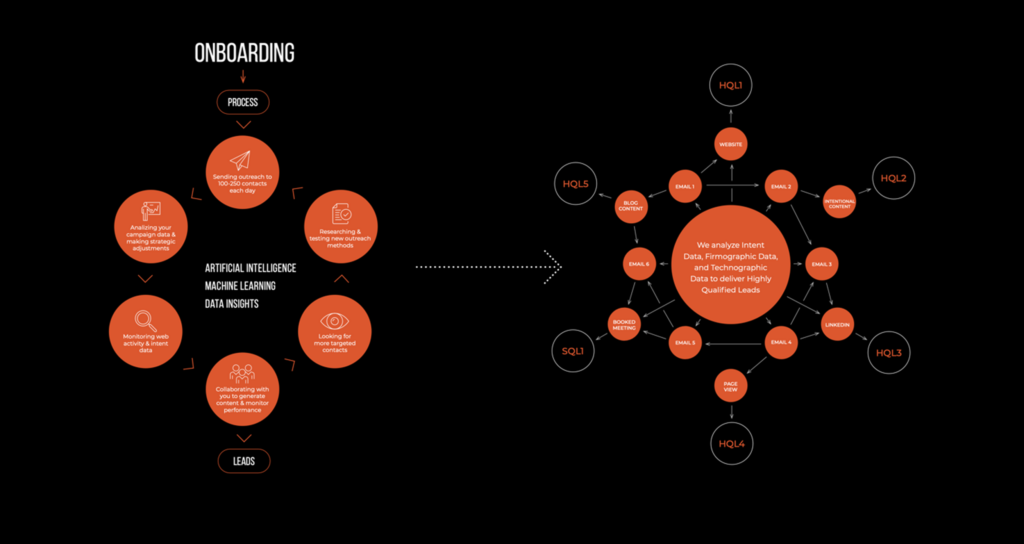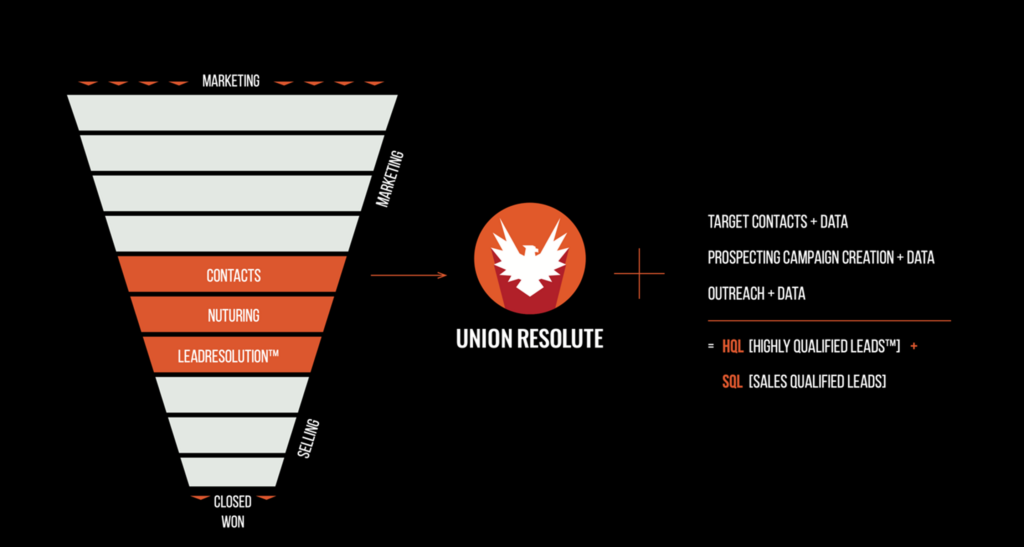The prospect journey has changed, and salespeople aren’t playing the same roles they have in the past. It’s no surprise; new work patterns and habits, like more people working from home, cafes, or just remote in general—combined with the advent of inbound marketing—has turned the whole journey on its head.
Now, between 50 and 90 percent of the sales process is done before the salesperson even gets involved. That holds true whether that involvement is prospecting, research, or conversations taking place with the potential customer. Prospects today can and often do understand their problem, explore solutions, and even compare vendors on review sites or through social media conversations—before a salesperson is even in sight.
As a result, perceptions have also changed in an important way: people perceive salespeople as less valuable to the prospect, since they aren’t as present early on as they used to be.
What’s the problem?
There are significant challenges both at the level of the sales rep and in the very process itself. According to CSO Insights, only 33% of salespeople’s time is spent actively selling. Combing through data has become a significant burden for them. CRMs are often out of date, individuals move locations or companies, and the large number of tools providing data often give more than they need—it can be hard to determine what data should be used and what is outdated or inaccurate. This has led to a lot of frustration; salespeople find themselves talking to prospects who are unqualified, companies outside of their ideal customer profile (ICP), or are not talking to anyone at all due to inaccurate contact information. HubSpot reports that only 5% of salespeople think the leads coming in from marketing are actually good. And almost half of them, 46%, report lead quantity and quality as their top challenge, says Spotio.
What we’re seeing is an inefficiency in the process as it exists now. One of the culprits is a lack of focus on the lead-nurturing process in many organizations, leading to 79% of marketing leads not becoming sales opportunities, according to MarketingSherpa. Something we’ve seen over and over again is a drop-off in outreach at just 2 or 3 touches—not surprising when you consider HubSpot’s report that 65% of B2B marketers aren’t equipped with an established lead nurturing process. So all the work of acquiring a lead very frequently goes to waste when it comes to post-lead conversion.
Adapting to the new customer journey
How can we take these problems in the marketplace and transform the process into one that effectively identifies and nurtures the leads most likely to become sales opportunities? Forrester found that companies that excel at lead nurturing generate 50% more sales-ready leads, and at a significantly (33%) lower cost, to boot.
So while we have sales reps out there that feel like the processes around them have left them inefficient, we also have evidence that some companies are killing it.
The reports of cold outreach and outbound marketing’s deaths have been greatly exaggerated. In fact, 75% of executives in a DiscoverOrg survey are willing to make a demo appointment or attend an event like a webinar based on a cold call, email, or LinkedIn message alone. There is a receptive audience is out there, so it’s all about making sure outbound marketing efforts are effective.
Right now, outbound marketing is either too small (without the entire addressable market available) or too broad (trying to hit people out of that market, or at the wrong time). We need to find the sweet spot.
What we have right now
Hitting that sweet spot is what HQLs–highly qualified leads–do so well.
Right now, we have MQLs (marketing-qualified leads) and SQLs (sales-qualified leads) that are suboptimal or have an inappropriate objective, respectively.
MQLs are generally inbound leads passed from marketing to sales, and since they’re rarely supported by multifaceted scoring (and often all someone has to do is fill out a form on a website), these are gummed up with many unqualified leads. If sales teams go after MQLs, they’re only going after the small subset of people who have already raised their hands–very often they’ll be out of the ICP.
SQLs on the other hand are the outcome of a successful business-development or demand-gen process, but since the market is too small—and competitors out there are aggressively going after these leads—it’s not a reliable plan to wait for them to come to you after they’ve figured out their needs, budget, timelines, and more.
We know it takes twice as many touches to reach a prospect as it did a decade ago and that the average lead to close time is 102 days (thanks to Spotio and Salesforce, respectively), so by waiting for SQLs or simply spending time following up with MQLs, a salesperson is limiting themselves to leads that have reached out to them, and not taking control of the funnel themselves.
Where we need to go
A more effective approach is to allow salespeople to start nurturing earlier in the sales process. That’s where HQLs come in. HQLs let marketing and sales teams work together right in the middle of the funnel, and influence leads as they’re making decisions.
An HQL is a lead with first-party intent, ICP fit (so when they’re ready to purchase, the salespeople will be ready to transact), and one with at least two verified contact methods—no more wasted time in the form of a salesperson researching a lead and then finally sending out a carefully personalized email, only to have it bounce back as undeliverable.
The actual buyer’s journey today is more like a flywheel; prospects consume information when they want it in a nonlinear fashion based on how they are buying; not through a set of actions predefined by a marketing or sales team.

At the same time, HQLs let sales teams monitor first-party intent while prospects are going through their own process; reading blogs, heading to review websites, then back to the website, whatever else they might do. Analytics tools illuminating the actions of the HQLs allow salespeople to insert themselves into the right part of the process without the prospect needing to raise their hand.

By utilizing HQLs, salespeople are able to get involved early enough with a prospect to influence them. With visible context on where the buyer is on their own journey, the rep can personalize the outreach to an extraordinary degree. And even if some pieces of information are missing, the rep can fall back on templated outreach and customizations based on their knowing that the prospect is in their ICP or its subsegments.
The new buyer’s journey requires sales professionals to be more targeted and creative with when and how they enter the scene. It’s not enough to wait and expect prospects to raise their hands when they’re researching. By artfully inserting themselves into the sales process, with insight provided by the HQL, salespeople can prevent missed opportunities and meet the customer where they are.



